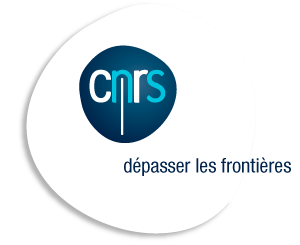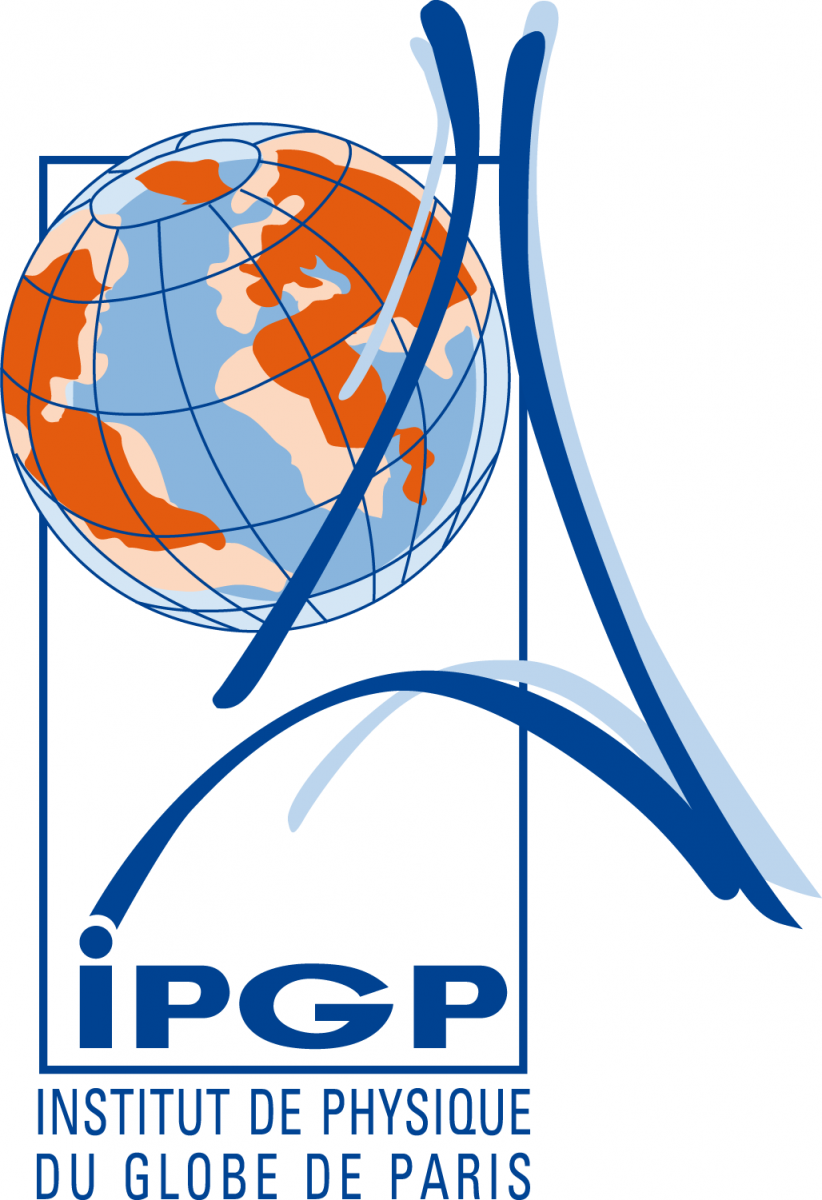Deadline for abstracts: 4 August 2011
OS07: Doing Fieldwork on the Deep Seafloor
Conveners: Colin Devey, Roger Searle, John Sinton, Isobel Yeo
High-resolution deep submergence mapping of the seafloor in combination with precisely located visual observations and sampling are beginning to make geological mapping of the seafloor a reality. This emerging field has enormous growth potential in coming years as we develop new techniques for integrating the observations from various vehicles and at various resolutions and learn to interpret the geological features we are seeing. This session aims to show-case the latest work in the field, covering both geological mapping of the seafloor as well as the technological and computer science developments which are driving it.
Please consider submitting a contribution to this session. Abstract submission is now open, and closes on August 4 (note this is earlier than previous years).
-------------------------------------------
V31: Rates of Pre- and Syn-eruptive Processes in Submarine Volcanic Systems
Conveners: Adam Soule, Ken Rubin, Bill Chadwick, Scott Nooner
Description: Rates of magmatic and volcanic processes in submarine settings are believed to strongly vary with parameters such as spreading rate, volcano maturity, and melt supply. This session aims to bring together the latest results from the range of techniques used to constrain time scales of submarine magmatic and volcanic processes including, but not limited to, geochronology, lava morphology, seismic and hydroacoustic monitoring, geochemistry, geodesy. We encourage abstract submissions on studies that apply these techniques to submarine and analog volcanic systems, as well as observational or modeling studies that evaluate controls on rates of magmatic processes and links to volcanic crust construction.
--------------------------------------------
T58: Evolution of the Oceanic Lithosphere
Conveners: Dayanthie Weeraratne, Donald Forsyth, Mark Behn
Description: We invite presentations to discuss the evolution of oceanic lithosphere. Understanding the structure, composition, thermal evolution, and rheology of the oceanic lithosphere is of fundamental significance to plate tectonics. We focus on lithospheric evolution from its infancy at spreading centers to old seafloor at the perimeter of oceanic basins. We invite presentations from interdisciplinary research that consider seismic velocity structure, seismic anisotropy, mantle petrology, rheology and deformation, geodynamic models for lithospheric cooling and mantle convection, gravity and flexure, seafloor subsidence and heat flow, electrical conductivity, and intra-plate earthquakes, all necessary contributions to oceanic lithosphere formation.
---------------------------------------------
OS10: Integrated Study of Oceanic Spreading Centers: From Mid-Ocean Ridges to Back-Arc Basins
Conveners: Jessica Warren, Laurent Montesi, Brandy Toner, and V. Dorsey Wanless
Description: Oceanic spreading centers transfer mass and energy from the Earth¹s mantle to the crust, oceans, and biosphere. The links between geological and biological studies of ridge systems is the focus of the Ridge 2000 program. This session encourages submission of studies that address the full range of spreading center processes, including magmatism, tectonics, volcanism, fluid and rock geochemistry, hydrothermal circulation, vent systems, and macro- and micro-biological phenomena. We encourage studies that compare spreading centers of different spreading rates and geological settings, including, but not restricted to the Integrated Study Sites - East Pacific Rise, Juan de Fuca Ridge, and Lau basin.
-----------------------------------------------
V41: Towards an Integrated View of Volcanic and Hydrothermal Processes on the Juan de Fuca Ridge
Conveners: William S. Wilcock, James F. Holden, James B. Gill, Edward T. Baker
Description: The Juan de Fuca Ridge is one of the most intensively studied mid-ocean ridges in the world. Two sites in particular, the Endeavour Segment and Axial Volcano, have been the focus of intensive studies of mantle melting, crustal formation, and linkages between seafloor volcanoes and chemosynthetic-based biological communities. These sites are now being instrumented for long-term cabled observatories. This session will provide a venue for studies that synthesize our current knowledge of the tectonic, volcanic and hydrothermal processes on the entire Juan de Fuca Ridge including efforts to expand the scope and duration of time series investigations.
------------------------------------------------------------
T35: Multidisciplinary Ridge Flank Studies
Conveners: Andrew Fisher, Robert Harris, Mark Nielsen, and Donna Blackman
Description: The flanks of mid-ocean ridges are linked by physical, chemical, biological, and hydrologic processes, extending from the seafloor to the base of the lithosphere. Coupled flows of energy, solutes, organic material, and fluids within these systems are controlled by, and have additional influence on, geological structure, heterogeneity, faulting geometry, seamount distribution, and related sedimentary and crustal properties. We welcome presentations that feature a multidisciplinary approach applied to ridge flanks to understand these linked processes and properties, including: theoretical developments, field-based experiments, modeling studies, and efforts in education and outreach to connect this work to a broader audience.
--------------------------------------------------------------
T15: Exhumation of Mantle-Derived Rocks at Divergent Plate Boundaries: Mechanisms and Consequences
Conveners: Mathilde Cannat and Gianreto Manatschal
Description: Exhumation of mantle-derived rocks is common at slow spreading ridges and is observed or inferred in the distal parts of many divergent continental margins (Ocean Continent Transition-OCT). This session will focus on: 1) the rheology and dynamics of exhumation faults; 2) the interplays of exhumation faults with magmatic and/or hydrothermal systems ; 3) the evolution of the exhumed ultramafics, including chemical and physical exchanges with seawater, and interactions with a sub-seafloor biosphere; and 4) issues related to oil and gas exploration at and near OCTs. The session will welcome abstracts covering recent cruise results, and related laboratory experiments, modelling and field studies.
-----------------------------------------------------
V17: Mantle melts: Innovative Approaches and Constraints to Modeling the Melting Regime
Conveners: Patricia Gregg, Lynne Elkins
Description: A fundamental goal of mantle melting models is to better constrain our understanding of melt-producing environments. This session will cover a wide range of melt modeling topics, including the development and application of petrologic and geochemical models and the incorporation of melting into geodynamic models. We invite contributions that present results of new approaches to modeling the geochemical composition of magmas, and that explore the constraints these models place on the nature of the melting regime in a variety of tectonic settings. We encourage multidisciplinary studies that combine geochemical melting calculations with geodynamic models.
--------------------------------------------------------------
V16: Magmatic Processes in the Lower Oceanic Crust
Conveners: Deborah Eason, Eric Hellebrand
Description: Classic models of crustal accretion at mid-ocean ridges assume simple fractionation processes produce observed chemical variations in erupted basalts. Recent gabbro studies and mounting evidence from MORB and OIB geochemistry suggest a more complex magmatic history with possible interaction between percolating melts and a crystal mush. Lower crustal processes have important implications for the composition of erupted basalts and attempts to invert for source composition and melting parameters. The goal of this session is to examine magma storage and interaction in the crust, bringing together evidence from the petrology and geochemistry of extrusive and intrusive rocks, as well as insights from experimental, geophysical and numerical studies.
------------------------------------------------------------------
V32: Rise and Fate of Oceanic Mantle: Melting, Aging, Recycling and Refertilization
AGU Fall meeting 2011, 5-9 December, San Francisco, CA, USA.
Abstract deadline : August 4, 2011
Sponsor: Volcanology, Geochemistry, and Petrology (V), Study of Earth's Deep Interior (DI), Seismology (S), Tectonophysics (T)
Convener(s): Othmar Muntener (University of Lausanne) and Marguerite Godard (Geosciences Montpellier)
Invited speakers: Henry Dick (WHOI), Amir Khan (ETHZ), Stephen Parman (Brown University)
Peridotites sampled at the seafloor are generally interpreted as the residues from the formation of present-day MORB. However, model ages >1Ga, late refertilization processes and highly refractory peridotites in low magmatic supply areas indicate a more complex petrogenesis. In this session, the magmatic and geodynamic processes relevant for the formation of oceanic peridotites will be discussed in the light of these new results. We encourage contributions that investigate dredged and drilled abyssal peridotites from ridges, ocean-continent transition zones and ophiolite complexes. The session will cover the entire spectrum of geological sciences, from petrology and geochemistry to geodynamics.
----------------------------------------------------------
T41: Recent Developments on the Origin and Evolution of the Tibetan Plateau
Description (http://sites.agu.org/fallmeeting/scientific-program/session-search/831):
The Tibetan Plateau is the highest and youngest plateau on Earth and is the prime natural laboratory for understanding continental geodynamics. The aim of this special session is to invite researchers to share their new findings and perspectives on the Tibetan Plateau and to develop collaborative efforts towards formulating new approaches to continental dynamics in the years to come. We welcome papers on issues including, but not limited to, the evolution of the Tethys, the origin and evolution of the Tibetan Plateau and both tectonic and magmatic responses to the India-Asia collision such as the thickening mechanism of the mantle lithosphere and crustal growth.
Invited Speakers:
Don Depaolo (Berkeley)
Mark Harrison (UCLA)
Paul Kapp (Arizona
Zhidan Zhao (CUGB)
Conveners:
Xuanxue Mo (China University of Geosciences in Beijing; moxx@cugb.edu.cn)
Ji-Feng Xu (Guangzhou Inst Geochemistry, Guangzhou; jifengxu@gig.ac.cn)
Di-Cheng Zhu (China University of Geosciences in Beijing; dchengzhu@163.com)
Yaoling Niu (Durham University, Yaoling.Niu@durham.ac.uk)
--------------------------------------------------------------------------
T40: Recent Advances and Concepts in Plate Tectonics and Seafloor Spreading Processes
Description: In the line of Jean Francheteau pioneering works, this session will be evoted to recent advances and concepts in plate tectonics and seafloor spreading processes based on magnetic and paleomagnetic approaches, plate kinematics, heat flux, thermo-
mechanical modeling, deep-sea exploration, and, in general, on works linking cross-disciplinary observation of the ocean floor.
Sponsor: Tectonophysics (T)
Co-Sponsor(s): Geomagnetism and Paleomagnetism (GP)
Convener(s):
1. Paul Tapponnier, Earth Observatory of Singapore, 6565921715, tappon@ntu.edu.sg
2. Jean-Yves Royer, CNRS & Univ Brest, jyroyer@univ-brest.fr
3. Christopher Harrison, Univ Miami (305) 421-4610, charrison@rsmas.miami.edu
4. Richard Gordon, Rice University, rgg@rice.edu
Index Terms:
1525 3035 3039 3045




